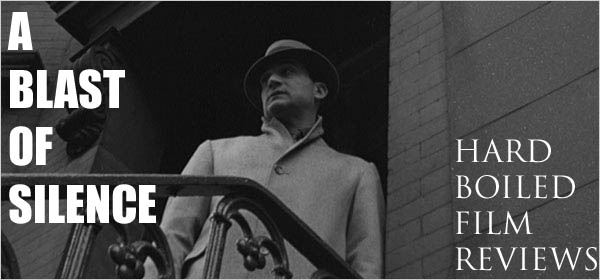
If there was one name that should get more respect among today’s mainstream movie going masses it should be versatile Italian director Mario Bava.
Bava is remembered by many as one of the premier names of Italy’s golden age of horror films. Bava is thought of as the godfather of Italian horror films and in general is one of the most influential figures in the history of films.
Bava’s directorial debut was the dark 1960 film Black Sunday. This gothic horror masterpiece, which centers on a vengeful witch returning from the grave, is a prime example of Bava’s directing characteristics. Bava utilized imagery like no other did. Black Sunday, which was slightly ahead of its time with its graphic nature and stark portrayal of events, gives viewers a glimpse of the kind of immersive artistry Bava would introduce with his signature lighting style in his later color films.
In terms of influence, Black Sunday kicked off the series of gothic films that would soon follow. Bava’s next significant film, the 1963 film The Girl Who Knew Too Much, helped create a new genre. Giallo, which indicates mystery and crime fiction in Italy’s culture, literally translates to “yellow” in Italian. This unique genre stemmed from cheap paperback books with yellow covers that were typically mystery/crime pulp novels that included elements of eroticism and horror. Bava was the first to translate this material to the screen with The Girl Who Knew Too Much.
Giallo films have many distinctive qualities. The plots in giallo films were typically of a whodunit nature and featured many twists and turns along the way. Giallo never ended simple or as expected. Strong visual elements of giallo are drawn out murder sequences and stylish camerawork of said killings. For example, many murder scenes would only show a part of the killer, such as his or her hands. With this synecdoche approach introduced by Bava giallo films became a style of its own.
A key visual image of giallo films would be introduced in Bava’s next film, the colorful Blood and Black Lace. This 1964 film introduced the symbolic image of the identity concealed killer wearing black leather gloves while holding his or her weapon of choice. This became emblematic throughout the frenzy of giallo films that would be released in the 1960s and 1970s. Bava biographer Tim Lucas notes Blood and Black Lace as “one of the most influential thrillers ever made” and as “the first authentic body count movie”. Lucas also noted that the film inspired such directors as future giallo master Dario Argento to Martin Scorsese.
Bava’s wickedly morbid 1971 giallo Bay of Blood remains to be one of the most important and influential horror films ever created. While Blood and Black Lace certainly was a stepping stone for the slasher genre that America would soon start to adore, Bay of Blood is what really started the phase of “body count” films in the 1980s. Iconic horror franchises like Friday the 13th drew a lot from this early slasher. Friday the 13th: Part 2 lifted two kill scenes directly from Bava’s film. Bava’s Bay of Blood, which is a film bent on money, greed and murder, was one of the first films to set up murders the way slashers do today and perfected the giallo genre Bava helped create
Bava’s unprecedented style of lighting and using color effectively in films was unmatched at the time and has been used as inspiration by many. To explain Bava’s use of color in words would be difficult. The gleaming fluorescent lights strategically placed around the set differentiate location from location. A dark, gloomy alley may be shot with a tone of blue while a room in a fancy Italian villa may be bright red. While not every Bava film had perfect narrative, every messy plot Bava presented was more than made up for with his brilliant and influential visuals. Scorsese’s masterpiece Taxi Driver has hints of this visual style. Argento would nearly perfect the technique in what I consider to be one of the best horror films ever in Suspiria.
Bava was not limited to horror. The versatile director dipped his toes into the comic book genre with his 1968 film Danger: Diabolik. This film brought adult tones to comic book films as it featured on the suave and skilled thief Diabolik. Bava was also no stranger to the vikings. In 1961 he directed the epic Erik the Conqueror. While the subject matter differs from the likes of his horror films, he applied his signature lighting style to them all the same giving Diabolik that pure 60s feeling and Conqueror a fantasy, dream like feeling.
Whether Bava was creating scares in the horror genre, stylishly murdering people in his giallo films or stepping into the crime, viking, western, or sci-fi genres he always brought his own unique sense of style and supreme creativity to the table. A friend of mine who doesn’t look too favorably upon horror films once asked me to name a few horror films that are artistically well done. My immediate reply was any horror film by the godfather of Italian horror, Mario Bava. They don’t make them like he did anymore.
Essential viewings: Black Sunday, Bay of Blood, The Girl Who Knew Too Much, Black Sabbath, Kill, Baby…Kill!, Danger: Diabolik, Blood and Black Lace, Rabid Dogs




No comments:
Post a Comment